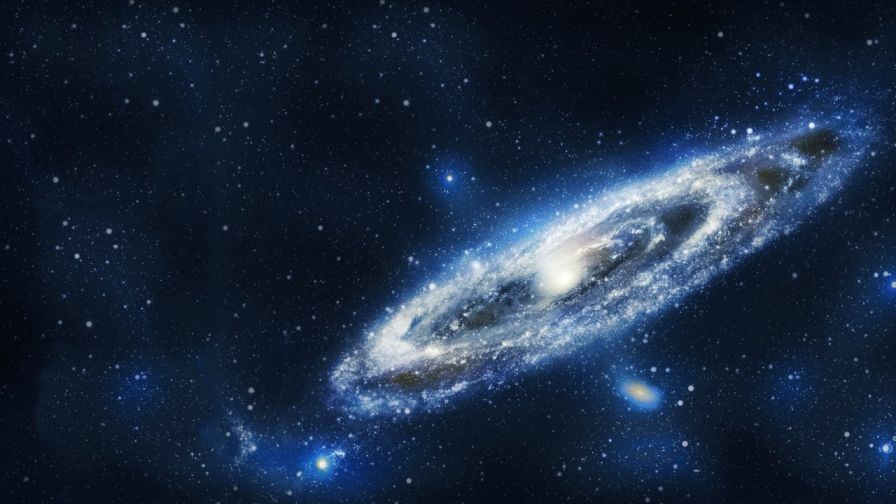NEW DELHI, Sept 2: In a landmark achievement in space missions, Indian astronomers have discovered one of the farthest Star galaxies in the universe.
Sharing this information on Wednesday, Union Minister of State (Independent Charge) for Atomic Energy and Space Jitendra Singh said, “It is a matter of pride that India’s first Multi-Wavelength Space Observatory “AstroSat” has detected extreme-UV light from a galaxy located 9.3 billion light-years away from Earth. The galaxy called AUDFs01 was discovered by a team of Astronomers led by Kanak Saha from the Inter-University Centre for Astronomy and Astrophysics (IUCAA), Pune.
He said the original discovery by India had been reported in the leading international journal “Nature Astronomy” published from Britain. India’s AstroSat/UVIT was able to achieve this unique feat because the background noise in the UVIT detector is much less than one on the Hubble Space Telescope of US based NASA.
The minister congratulated the space scientists for once again proving to the world that India’s capability in space technology had risen to a distinguished level from where the Indian scientists could now offer cues and give leads to the space scientists in other parts of the world. According to Professor Shyam Tandon, who developed the AstroSat, the excellent spatial resolution and high sensitivity is a tribute to the hard work of the UVIT core team of scientists for over a decade.
According to director of the (IUCAA) Somak Ray Chaudhury, “The discovery is a very important clue to how the dark ages of the Universe ended and there was light in the Universe. We need to know when this started, but it has been very hard to find the earliest sources of light,” he said.
India’s first Space Observatory AstroSat, which has made this discovery, was launched by the Indian Space Research Organization (ISRO) on September 28, 2015. It was developed by a team led by Shyam Tandon, Ex Emeritus Professor IUCAA with the full support of ISRO.
(Manas Dasgupta)

